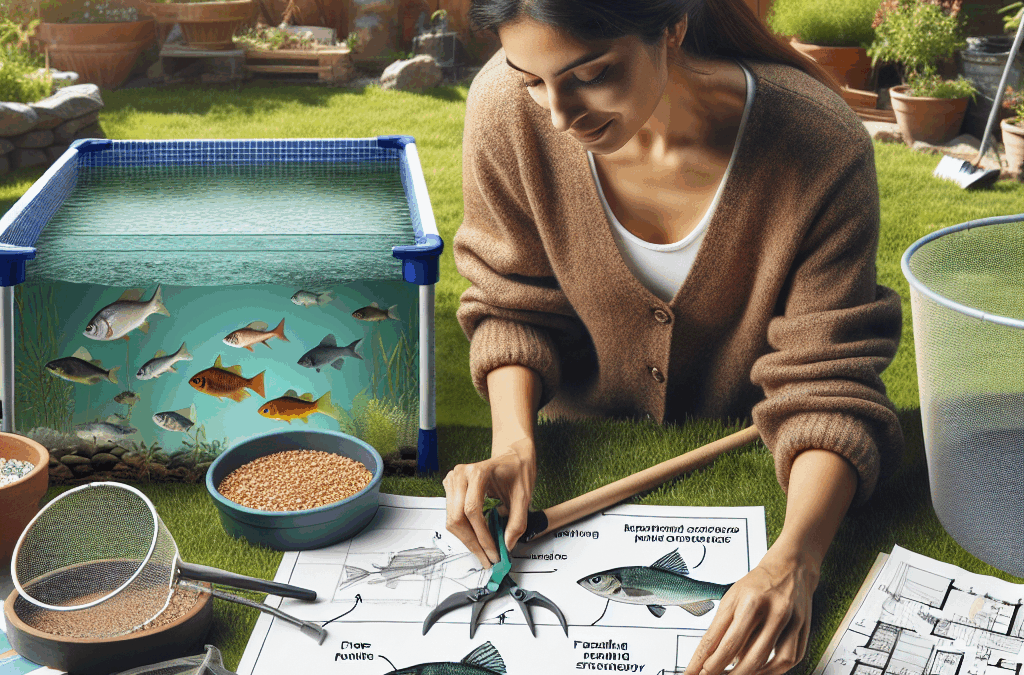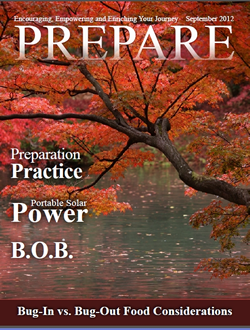Step 1: Research and Planning
Understanding Aquaculture Basics
Before diving into backyard aquaculture, it’s essential to grasp the basic principles. Aquaculture, at its core, is about cultivating aquatic organisms. This could be fish, shrimp, or even aquatic plants! I spent quite some time browsing online resources, joining forums, and watching videos to familiarize myself with the various techniques and species suitable for my backyard setup. Trust me, the more you know, the better your chance of success!
It’s critical to consider local regulations too. Different regions have different rules about what you can and cannot farm, so checking fishery regulations in your area is a must. I learned the hard way by starting a project only to realize I needed permits.
Lastly, define your goals. Are you doing it for fun, food, or perhaps to sell? This helps in choosing the right type of aquaculture and species to start with. When I clarified my goal, everything fell into place and my enthusiasm skyrocketed!
Step 2: Choosing the Right Location
Site Selection
Finding the perfect spot in your backyard is crucial. I initially wanted to use a shaded area, thinking it would keep the fish cool. However, I quickly learned that sunlight is necessary for water temperature and algae growth, which provides oxygen for my fish. So think about how much sunlight and space you have before making your choice!
Drainage and water access are other key factors. Good drainage means you won’t end up with a muddy mess. When I first set up my tanks, I didn’t consider rainwater runoff, which caused a bit of a flood situation. Having a water source nearby, like a hose or a natural stream, makes your life easier too!
Lastly, consider proximity to your home. It’s more enjoyable to keep an eye on your aquatic friends when they’re not a trek away. I set mine up right outside the kitchen window so I could watch them while making dinner!
Step 3: Setting Up Your System
Choosing the Right System Type
When it comes to systems, you’ve got a couple of options—ponds, tanks, or even aquaponics. I started with a couple of tanks because ponds require a bit more freestyling, and I wanted something manageable. Tanks are easier to control in terms of water quality and system health!
Next, think about filtration and aeration. I’ve learned this the hard way: good water quality is paramount! A simple air pump and filter system can go a long way in keeping your fish happy and healthy. I remember tweaking my setup several times until I found the balance that worked perfectly.
Lastly, incorporate plants. They’re not only aesthetically pleasing but also essential for a balanced ecosystem. I added some aquatic plants, and not only did they help with filtration, but they also made the tank look beautiful. It’s like bringing a piece of nature right into my backyard!
Step 4: Stocking Your Aquaculture
Choosing the Right Species
Now comes the fun part—choosing what to stock! You’ve got to consider what fits your goals. For me, starting with tilapia was a no-brainer because they’re hardy and grow fast. They’re perfect for beginners! But do your research: different species have different needs.
Buying healthy fish is key! I made sure to get mine from a reputable supplier. It’s so easy to skip this step, but healthy stock ensures a better yield. Check for parasites or diseases; nobody wants those in their backyard!
I also found that mixing species can sometimes lead to interesting dynamics. I added some plants and other small aquatic creatures, which created a mini-ecosystem. Watching them interact has been a real joy and added depth to my experience!
Step 5: Maintaining Your Aquaculture System
Regular Monitoring and Care
Maintenance is where the magic happens! I won’t lie; this is the part that requires dedication. Daily checks on water quality—temperature, pH, and ammonia levels—are essential. I picked up a few test kits to monitor these things accurately.
Feeding your fish properly is crucial too. Overfeeding can lead to water quality issues, so I learned to stick to a schedule. It’s funny how excited they get when it’s feeding time! I made it a point to learn what types of feed suit my species best.
And don’t forget about cleaning! Regular tank cleaning can prevent algae build-up and other nasty surprises. I dedicate a day each week to cleaning, and it’s worth it when you see your fish thriving in a clear tank.
FAQs
What is backyard aquaculture?
Backyard aquaculture is the practice of cultivating aquatic organisms like fish, shrimp, or plants in controlled environments. It’s a rewarding hobby and can even provide food for your family!
Do I need a permit to start aquaculture in my backyard?
It depends on your local regulations. Some areas require permits for certain species or setups, so always check with your local authorities before starting.
What type of fish should I start with?
For beginners, species like tilapia or catfish are great choices. They’re hardy, grow quickly, and are relatively easy to care for. Do some research to find what works best for your conditions!
How much space do I need for a backyard aquaculture system?
The space you need varies based on the system type and the number of fish you intend to raise. You can start small with a few tanks or a mini pond and expand as you get more comfortable!
What are the costs involved in starting backyard aquaculture?
Costs can vary. You’ll need to account for tanks, pumps, fish food, and any permits. However, starting small can help you manage expenses while you learn the ropes!





